CD Reading System - Cyrus Audio CD t + Metrum Amethyst DAC
The wonderful discovery of a perfect match. The Cyrus Audio CD transport "CD t" model includes many components of the 'top' Xt model. The data retrieve takes place with an ultra-reduced reading error, and they feel it; custom mechanics and servo-control. Two great machines for an incredible absolute quality and price/quality ratio.
Please contact us to find the right digital cable for your system.




































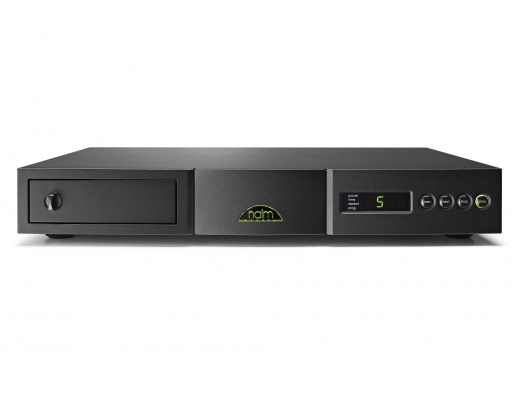

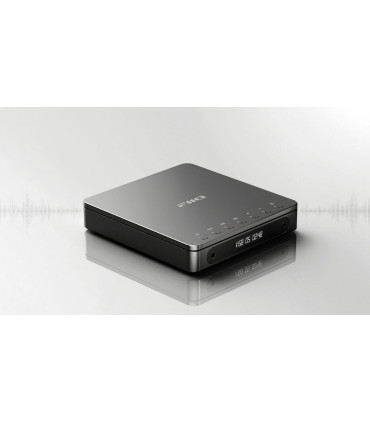
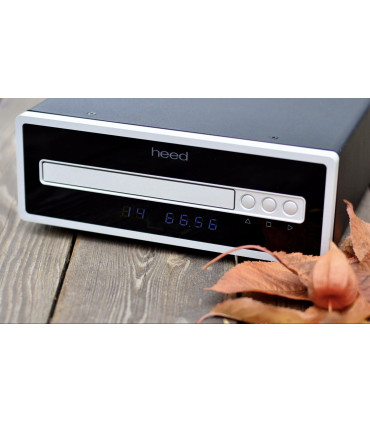
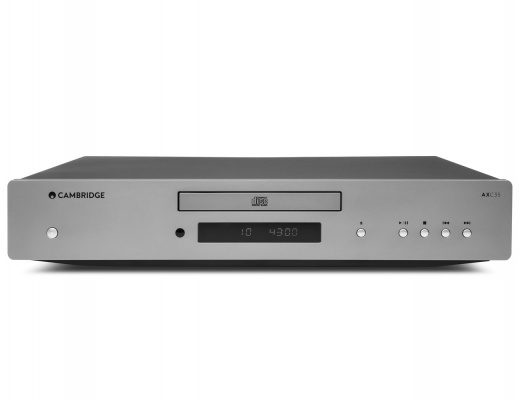
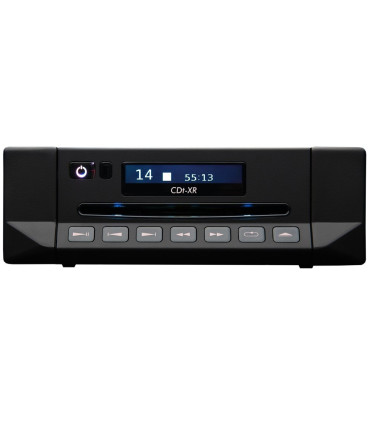
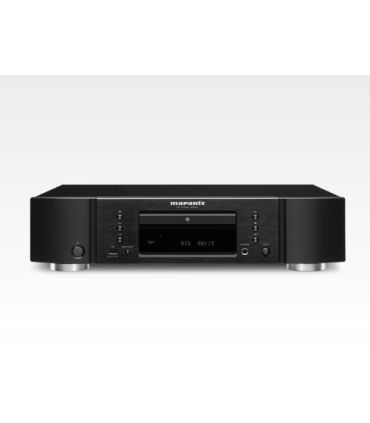
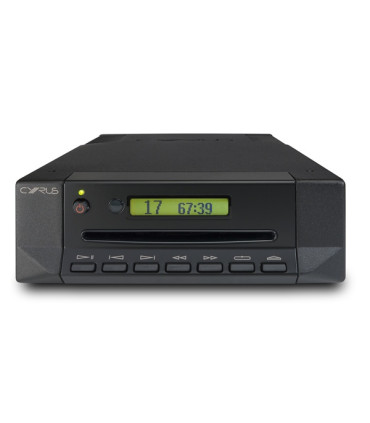
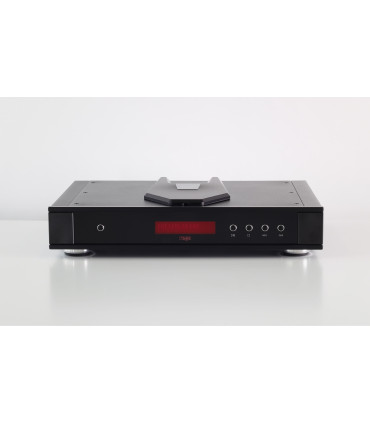


















Leave a review